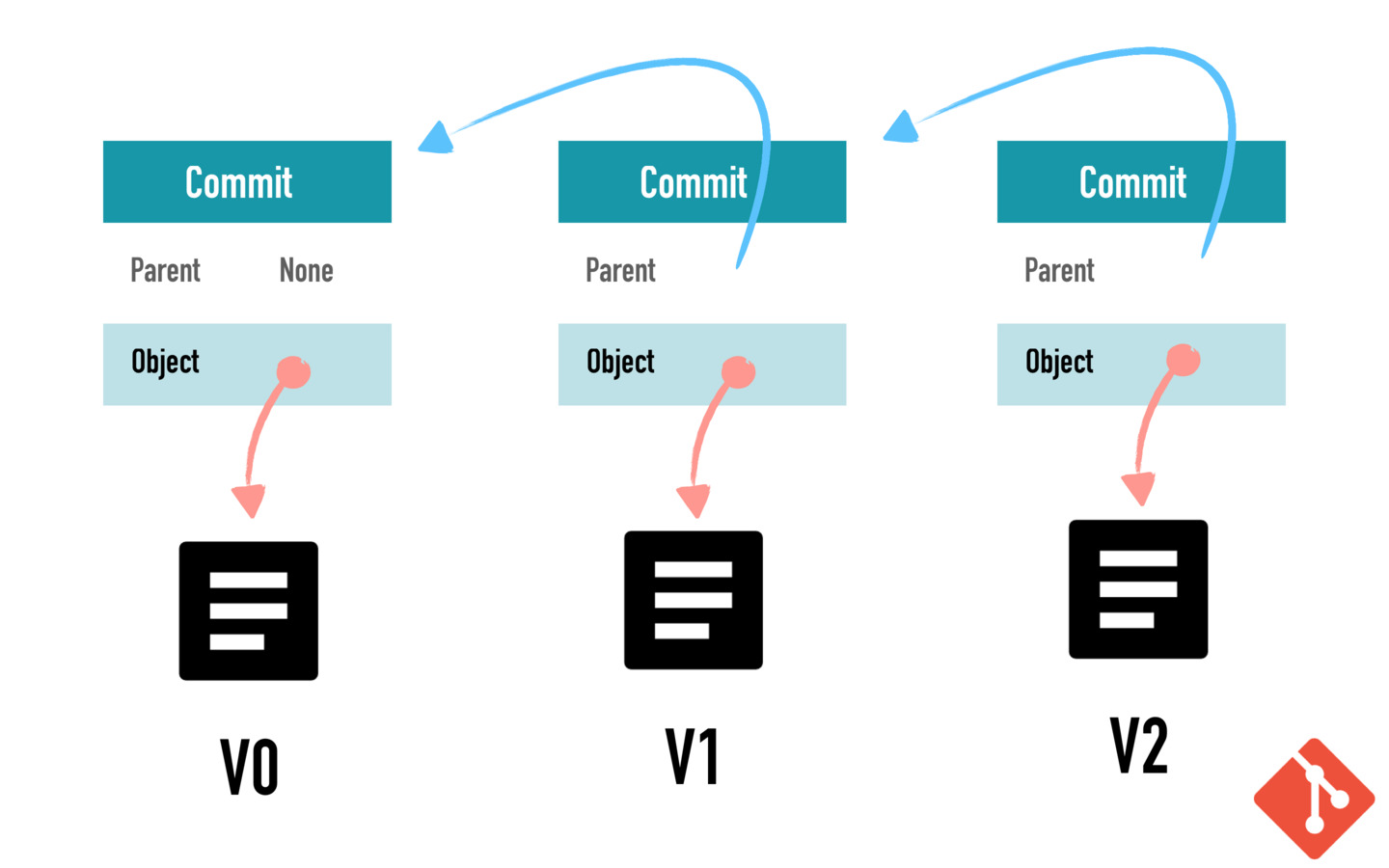Unleashing Web Freedom: IPFS
Web with Decentralization, Security, and Accessible Content
Introduction
In today's world, the internet plays a crucial role in our daily lives. We rely on it for various activities such as media consumption, communication, learning, and financial transactions. However, the centralized nature of the web raises concerns about censorship and the vulnerability of information stored on big server farms. But what if there was a way to create a distributed web that is resistant to censorship and offers greater control over our data? Enter IPFS, the Interplanetary File System.
Problem with Centralization
The current web model relies on centralized servers, which can be problematic. If popular platforms like YouTube, or Wikipedia were to go offline, accessing their content would become impossible. Centralization also facilitates government censorship, as controlling access to a few servers becomes relatively easy.

For instance, Turkey blocked access to Wikipedia in 2017, citing national security concerns.
The centralized structure also means that if a server goes down, access to the associated content is lost. These limitations highlight the need for a more resilient and decentralized web infrastructure.
What is IPFS?
IPFS, short for Interplanetary File System, aims to revolutionize the way we access and share content on the internet. It operates on a peer-to-peer network similar to BitTorrent, striving to eliminate centralization and provide a more resilient and decentralized web experience.
Let's dive into how IPFS achieves these goals.
Location-based to Content-based Addressing
Traditionally, when we want to access a file on the internet, we rely on location-based addressing (IP address or domain name). We provide the computer with an IP address or domain name to locate the desired content. However, if the server hosting that content is down, we lose access to it.
IPFS solves this problem by introducing content-based addressing. Instead of specifying where to find a resource, we specify what we want to find by using a unique hash, similar to a fingerprint, associated with each file.
Ensuring Data Integrity and Security
With IPFS, data integrity and security are built-in features. When requesting a file, we use its hash to verify the received content. By comparing the received hash with the requested one, we can ensure that the file hasn't been tampered with. This added layer of security enhances trust and authenticity within the IPFS network.
Efficiency through Deduplication
IPFS leverages the power of deduplication to optimize storage and bandwidth. When multiple users publish the same file, it is only stored once within the network. This approach reduces redundancy, making IPFS more efficient and scalable.
If you would like to explore the chunking process in IPFS and understand how it affects deduplication, you can refer to this:
IPFS Data Architecture
IPFS organizes files into objects, each capable of storing up to 256 kilobytes of data. For larger files like images or videos, they are split into multiple objects, each 256 kilobytes in size. To connect these pieces, an empty object is created, linking all the parts together. This simple yet powerful data architecture allows IPFS to function as a file system.
Versioning and Immutable Data
While IPFS embraces immutability, it also supports versioning of files. Suppose you want to share an important document with others on IPFS. Each update to the file generates a new commit object, which references the previous commit and links to the updated file's IPFS object. This process allows for seamless updates and ensures the history of the document is preserved.

Example: Let's say you create a commit object for an initial document version. Subsequent updates create new commit objects that link to the previous commit, forming a version history that can be traced back.
Conclusion
IPFS presents a decentralized and content-addressable solution to the limitations of the current web model. By utilizing peer-to-peer networks and content-based addressing, IPFS ensures reliable access to information, reduces the risk of censorship, and enhances security. It's innovative data architecture and versioning capabilities make it a powerful and efficient alternative for storing and accessing files. With IPFS, we can envision a future where the web is truly distributed, resilient, and accessible to all.
References
That’s a wrap!!!
Hope you learned something. Let me know your feedback, and if you have any suggestions or questions, you can connect with me on my socials.
Till next time,
Happy Learning
